Analyzing the corrosion resistance of carbon fiber composites involves assessing their performance in various environmental conditions and understanding how the composite’s structure and properties influence its resistance to corrosion. Here’s a breakdown of the key aspects to consider when conducting such an analysis:
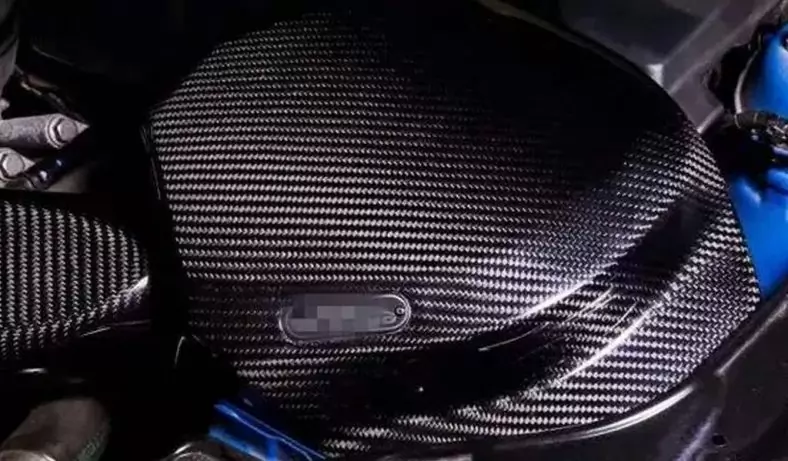
Composite Structure and Composition
The corrosion resistance of carbon fiber composites is largely influenced by their matrix material (polymer, metal, or ceramic) and the type of carbon fibers used (e.g., PAN-based, pitch-based, or rayon-based).
The matrix material’s chemical composition, porosity, and adhesion to carbon fibers play a critical role in determining the composite’s overall susceptibility to corrosion.
Electrochemical Behavior
Carbon fiber composites exhibit complex electrochemical behavior due to the presence of carbon fibers, which can act as both cathodic and anodic sites in the presence of an electrolyte.
Understanding the composite’s electrochemical properties, such as its potential for galvanic coupling and the potential range over which it remains passive, is crucial in assessing its corrosion resistance.
Environmental Factors
The environmental conditions, including temperature, humidity, pH, and the presence of corrosive agents (e.g., acids, salts, or alkalis), significantly impact the corrosion behavior of carbon fiber composites.
Exposure to aggressive environments can lead to various forms of corrosion, such as galvanic corrosion, crevice corrosion, or stress corrosion cracking.
Surface Coatings and Treatments
Applying protective coatings or treatments to the composite’s surface can enhance its corrosion resistance. Coatings can act as a barrier between the composite and the corrosive environment.
Common coatings include epoxy-based resins, polymer coatings, or even metal coatings that can provide sacrificial protection.
Microstructural Analysis
Microscopy techniques such as scanning electron microscopy (SEM) can reveal the composite’s microstructure, including the distribution of carbon fibers, the matrix material, and any voids or defects that might influence corrosion behavior.
Accelerated Corrosion Testing
Conducting accelerated corrosion tests, such as salt spray tests or cyclic exposure to corrosive solutions, can help predict the composite’s long-term corrosion behavior in a shorter time frame.
These tests provide insights into the composite’s susceptibility to different forms of corrosion and its performance under realistic conditions.
Long-Term Durability
The long-term performance of carbon fiber composites in real-world applications should be considered. Factors such as UV exposure, thermal cycling, and mechanical loading can influence corrosion resistance over time.
Modeling and Simulation
Computer modeling and simulations can help predict the composite’s corrosion behavior based on its composition, structure, and exposure conditions.
These tools allow researchers to explore different scenarios and optimize composite design for improved corrosion resistance.
In summary, analyzing the corrosion resistance of carbon fiber composites involves a multidisciplinary approach that considers materials science, electrochemistry, environmental factors, and testing methodologies. It’s essential to tailor the analysis to the specific application and conditions in which the composites will be used.
As an excellent structural material, carbon fiber has been used in many fields. In addition to the excellent properties of light weight and high strength, the corrosion resistance of carbon fiber composite materials is also more prominent than other structural materials. What makes carbon fiber have excellent performance? What about corrosion resistance? Let’s find out together.
It can be seen from the production process of carbon fiber that carbon fiber is a structure similar to graphite crystal formed by high temperature carbonization and graphitization at 2000-3000 °C. This structure itself has high resistance to medium corrosion. In some chemical media , its strength and modulus remain basically unchanged.
However, in practical applications, carbon fiber is usually fused with matrix materials such as resin to form carbon fiber composite materials, so the corrosion resistance of carbon fiber products will be different from that of carbon fiber itself.
In different environments, carbon fiber products also have different corrosion resistance performance, because the comprehensive effect of ultraviolet rays, oxygen and moisture in the aging effect of the environment on epoxy resin composites is stronger than the unilateral effect, and the aging process Generally, it starts from the surface, and then gradually develops to the inside. With the development of carbon fiber composite product application technology, in many working scenarios with harsh environments, the good corrosion resistance of carbon fiber composite materials has won more and more application opportunities.
China Be-cu Prototype Material Technology Co., Ltd. is a professional manufacturer of carbon fiber products. The company has advanced fiber-reinforced composite material sheet, pipe, molding, autoclave, CNC machining and other production lines. It has rich production experience and insists on bringing customers High quality carbon fiber products.
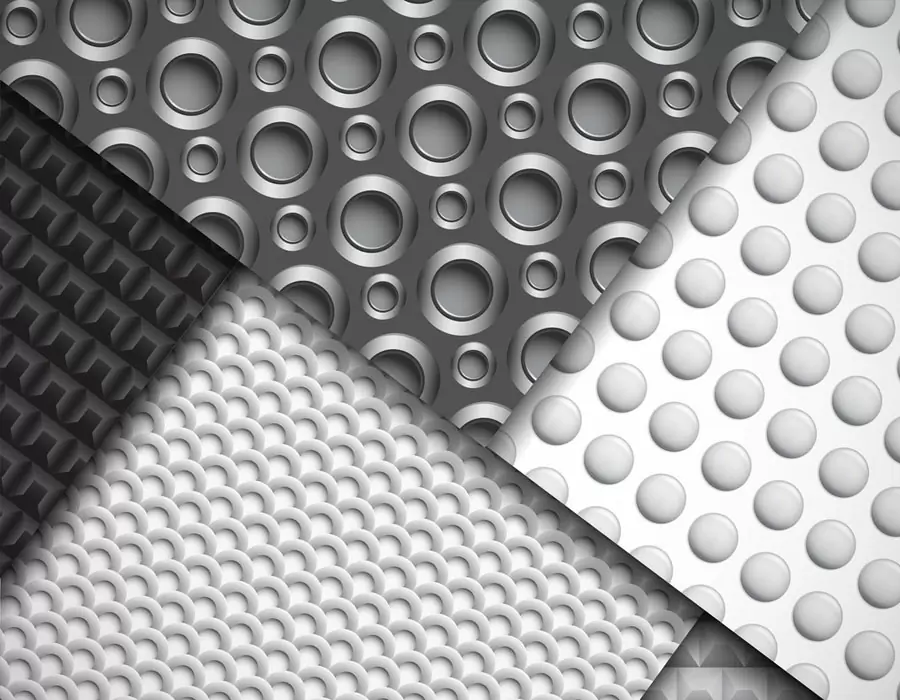
ISO 9001 certified. BE-CU Prototype Offering CNC machining carbon fiber and other manufacturing services for carbon fiber marterial. Various capabilities include notching, labeling, drilling carbon fiber, grinding, laser cutting carbon fiber, finishing, plating, marking, CNC milling carbon fiber and turning carbon fiber.We stock high quality 3k carbon fiber sheet in a variety of thickness, types and finish. Its a great material used in applications where light weight and strength are needed such as drones. Unlike other workshops, we have no min order and are often filling orders with a single part. We also don’t make you pay for the full sheet and you only get charged for what is used. With a large selection of material, you should find everything you need to make your project come to life. We are also able to handle larger production runs and provide a competitive pricing. If we don’t have the material or finish you require, we are more the willing to look at bringing it in for you.
What Is Carbon Fiber?Carbon fiber is made of polyacrylonitrile (PAN) (or pitch, viscose) and other organic fibers by carbonization (removal of most elements except carbon) by pyrolysis method under inert gas at high temperature above 1,000 °C. Inorganic polymer fibers with a carbon content of more than 90%.
-

3D Printing Continuous Fibres
-

3D Printing Short Fibre Filled Wires
-
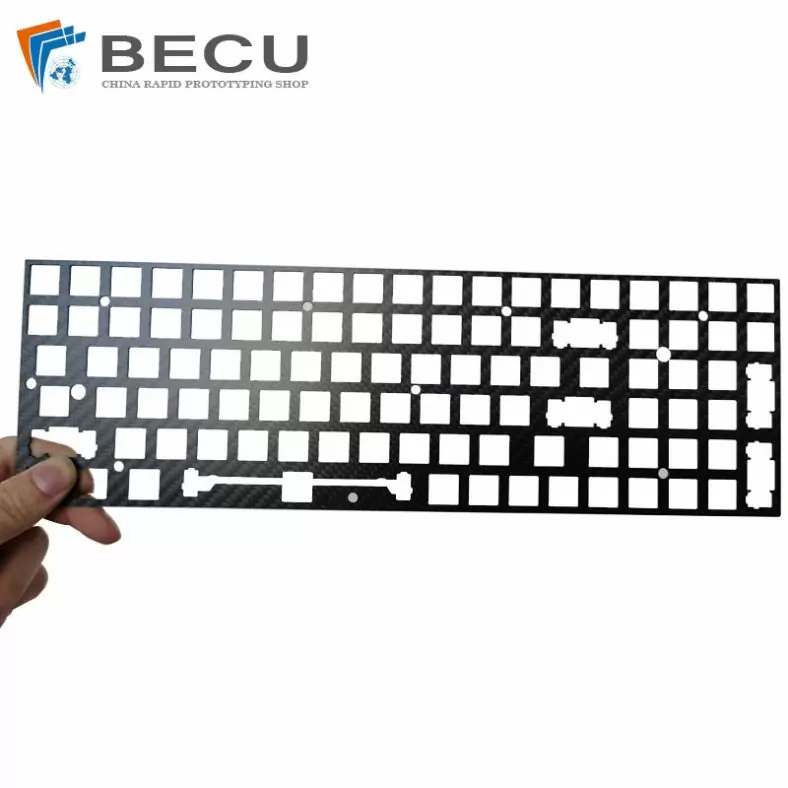
Laser Cutting Carbon Fiber Positioning Keyboard
-

Cnc Turning Industrial Copper-Aluminum Clad Carbon Fiber Machinery Parts
-
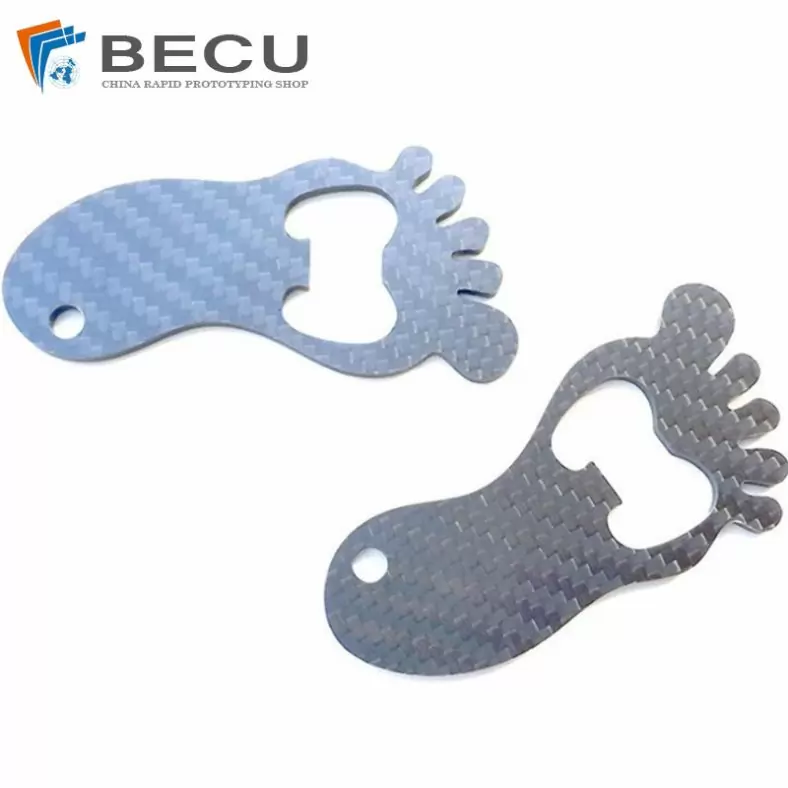
Carbon Fiber Luggage Tag Ornaments
-
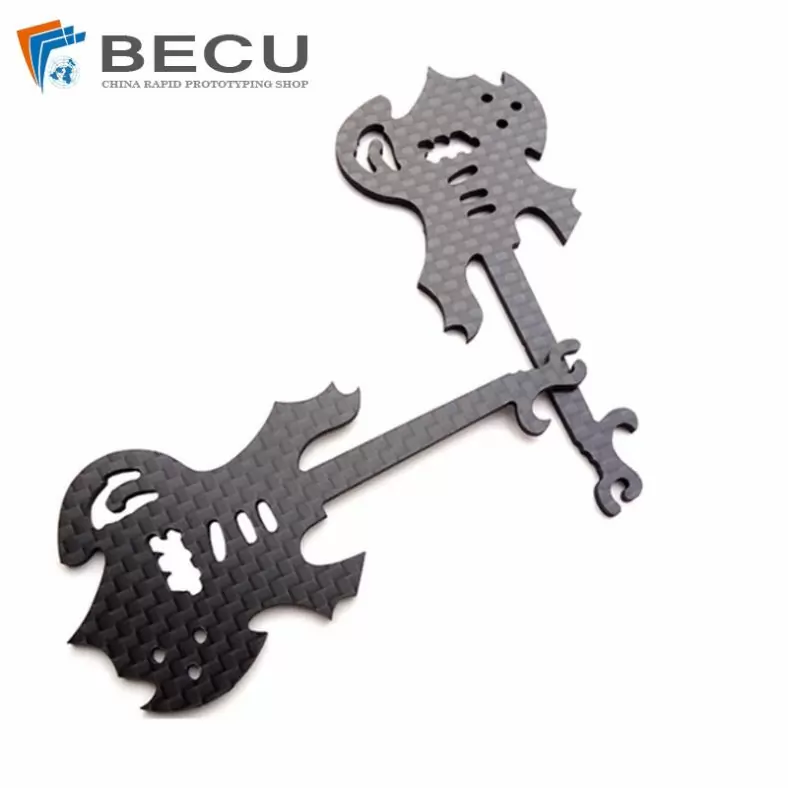
Laser Cutting Carbon Fiber Guitar Shape Crafts
-
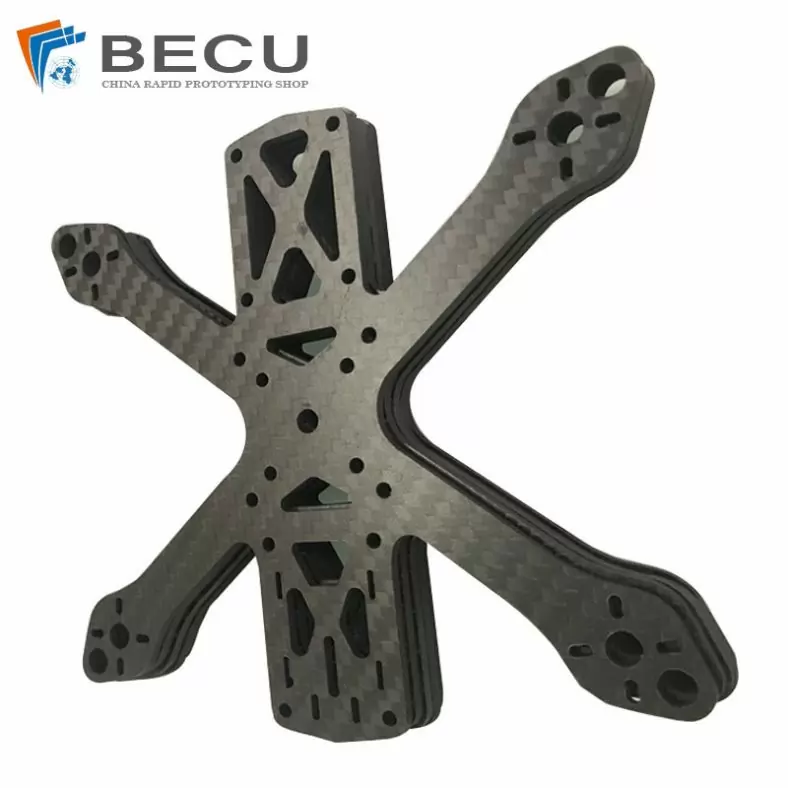
Laser Cutting Carbon Fiber Drone Rack
-
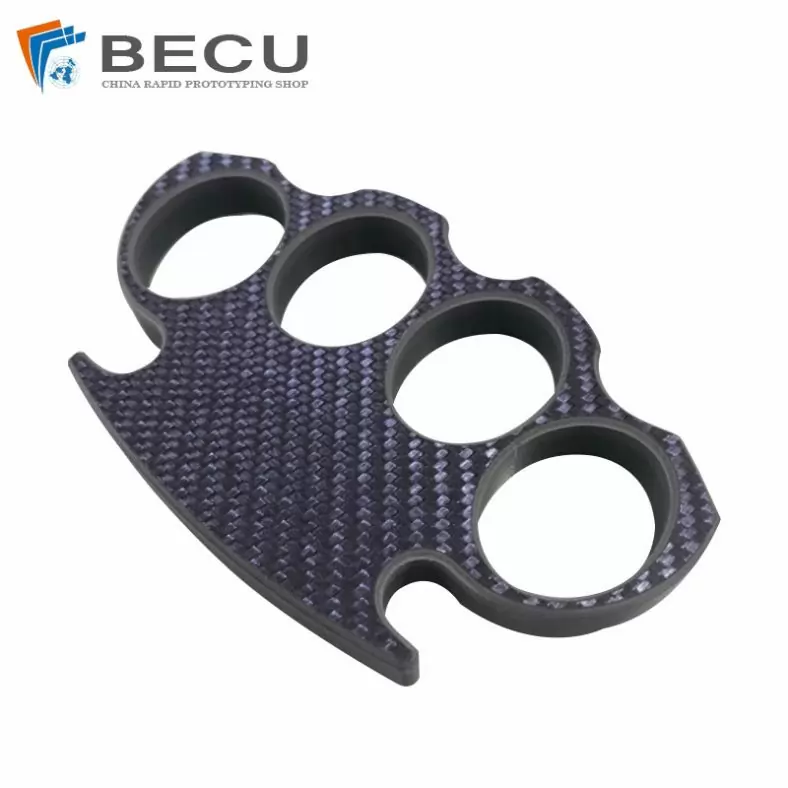
Cnc Milling Carbon Fiber Finger Buckle
